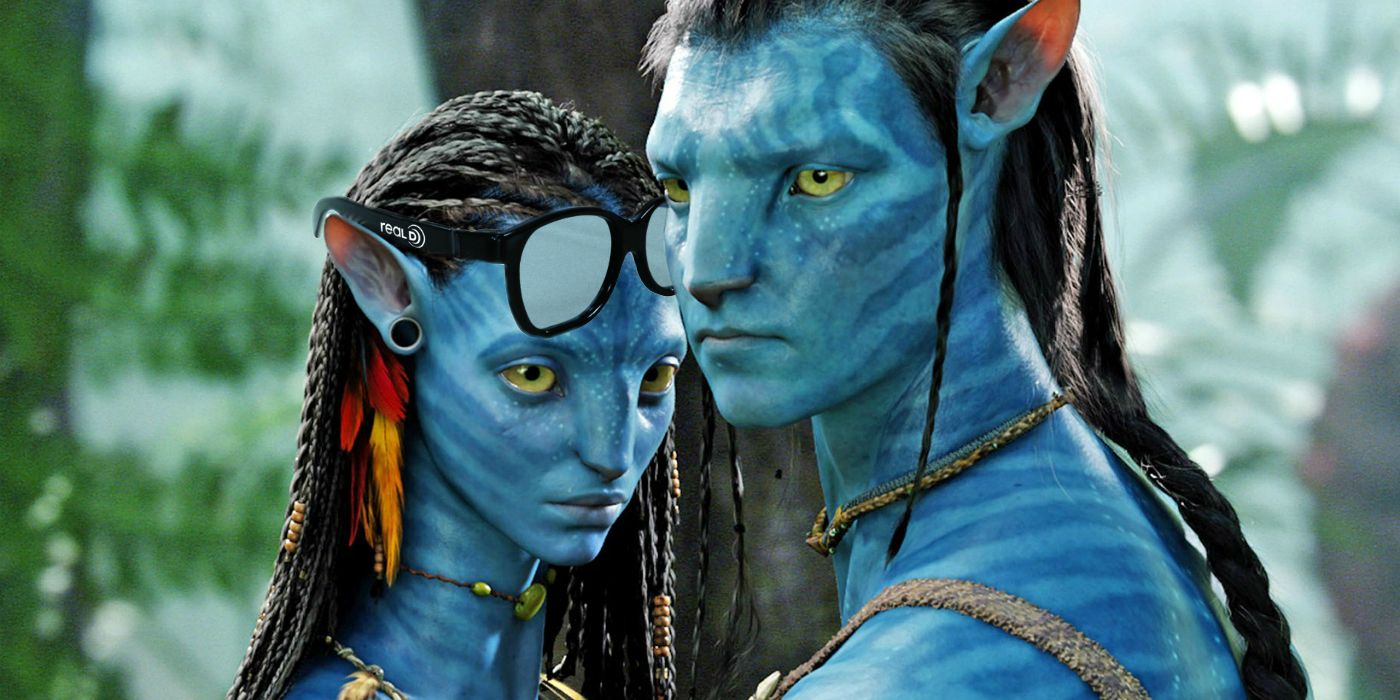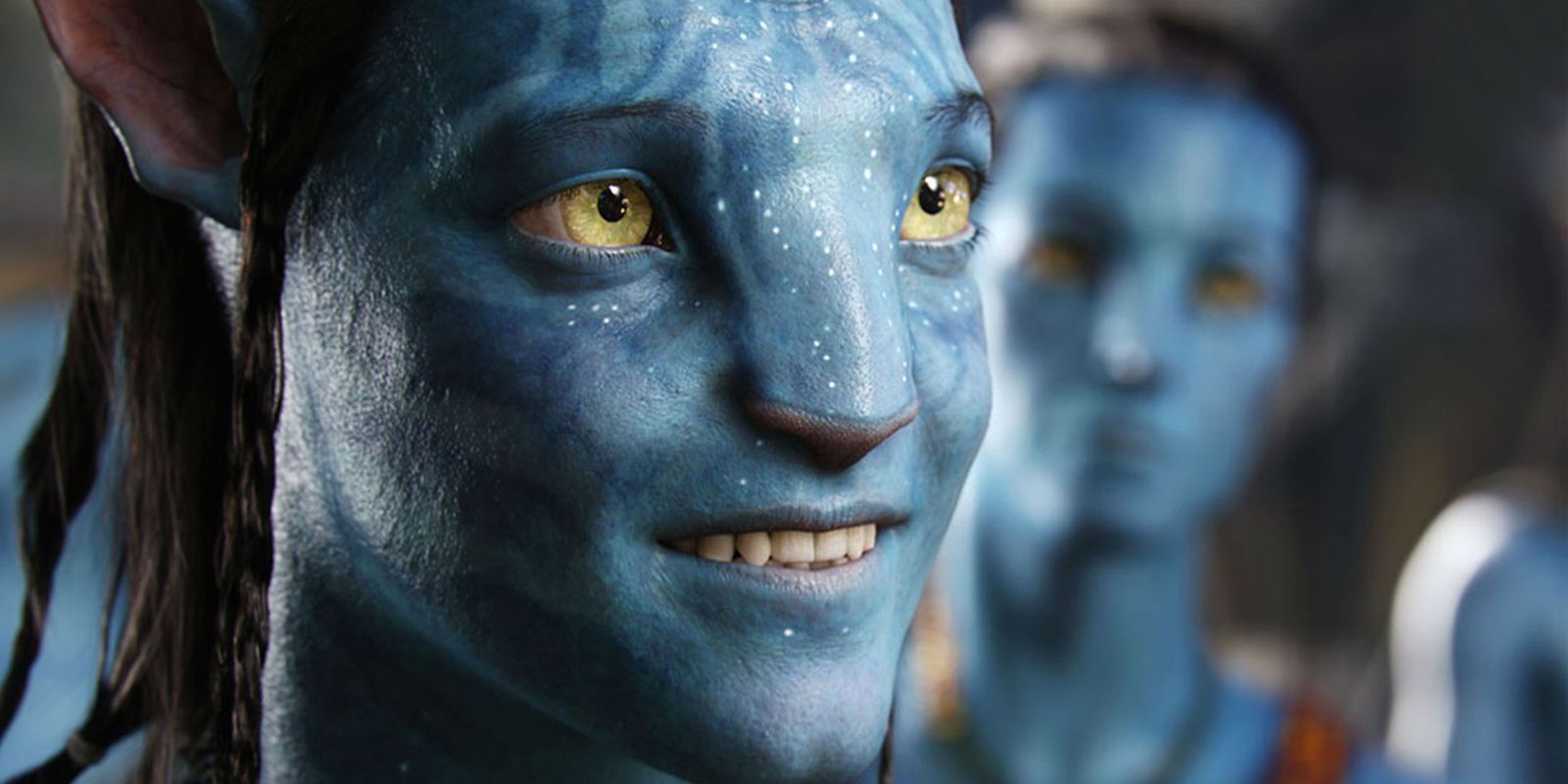[NOTE: We've updated this article to better reflect the validity and context of the original source. Scroll down for the latest.].
James Cameron might have found another way to make the Avatar sequels revolutionary, as they could be the first to implement glasses-free 3D technology. Cameron is highly regarded as one of the most innovative filmmakers and is also responsible for many of Hollywood's biggest hits and classics. Whether those be the first two Terminator movies, Aliens, or Titanic, he would've left his mark on cinema, and then he did Avatar - a visual spectacle that became a box office juggernaut and still stands as the highest grossing movie of all-time.
However, that record was set eight years ago, and the imprint of Avatar has somewhat faded. Cameron meanwhile has been developing four sequels to the smash hit, despite many deeming them to be too late to really make a mark. But just as Cameron does, he may use Avatar 2 and the subsequent sequels to get his wish to push beyond the boundaries of 3D.
As reported by Inside the Magic (via Inquisitr), following Cameron's production company Lightstorm Entertainment extending its partnership with Christie Digital, both sides are working toward making Avatar 2, 3, 4, and 5 in 3D, but without the hassle of 3D glasses. This would be done by giving Cameron and Lightstorm Entertainment access to Christie Digital's new RGB laser projection system.
This new system has been described as "pure laser" in the tech community for its ability to use 60,000 lumens to provide bright images at incredibly high frame rates. The result will be clearer pictures than ever before, which is always preferred - especially in 3D. The deeper details of how the technology works are not yet available, nor is it known how widely accessible glasses-free 3D would be initially. Considering the amount of movie theaters that would need to swap out projectors to accommodate the new system, it could be a VERY slow roll out - not to mention an expensive one.
Cameron helped revolutionize 3D in film with the first Avatar, so the prospects of him doing so again by eliminating the need for glasses for the sequels - and hypothetically all future 3D films - is something that could make new Avatar movies worth the wait alone. Even if the sequels do not match the quality or financial success of the original, many moviegoers will be more accepting of this prolonged wait if it means Cameron has further innovated the technology.
With production slated to begin this September, it may not be long until more details on this technology and how quickly it will be implemented across the world become known - even if those details clarify that the technology won't be ready in time for Avatar 2. But, before Cameron worries about that, he must first complete the sequels. Avatar 2 and 3 are being shot back-to-back ahead of the first sequel hitting theaters in 2020. This leaves Lightstorm, Christie, and Cameron with over three years before release - which could be enough time to hone the technology; though, whether or not they can actually perfect the technology for glasses-free 3D much less roll that technology out on a commercial level remains to be seen. Regardless of one's excitement in another Avatar film, pulling off glasses-less 3D is something that could make the sequels just as big as the first film.
-
UPDATE: An earlier version of this story misstated the likelihood that glasses-free projections will be readily available for Avatar 2's release; however, while the technology is in-development, it's way too early to suggest that Avatar 2 WILL be available in glasses-free 3D.
More: James Cameron Isn't Concerned About Sequel Delays
Source: Inquisitr





